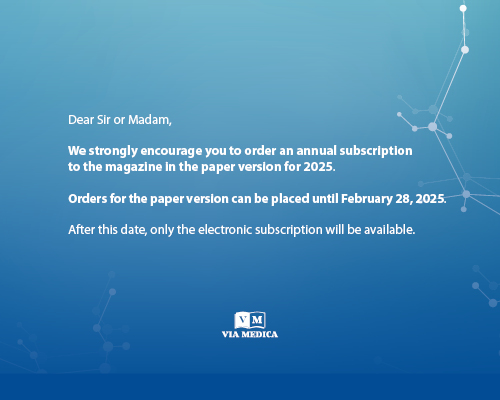Does SYNTAX score II predict poor myocardial perfusion in ST-segmen
Abstract
Background: SYNTAX score II (SS-II) has been demonstrated to predict long-term outcomes in unprotected left main or multiple vessels in patients with coronary artery disease. However, its prognostic value for patients with ST-segment elevation myocardial infarction (STEMI) remains unknown. The poor myocardial perfusion (myocardial blush grade [MBG] 0/1) after primary percutaneous coronary intervention (pPCI) has a negative prognostic value in patients with STEMI. We aimed to assess SS-II and its possible relationships with MBG 0/1 in patients with STEMI treated with pPCI.
Methods: The study included 477 patients with STEMI who underwent pPCI between October 2010 and May 2014. SYNTAX Score II and MBG were determined in all patients. Myocardial blush grade were divided into MBG 0/1 (poor myocardial perfusion) and MBG 2/3 (normal myocardial perfusion). Patients were divided into three tertiles: SS-IIlow (£ 20), SS-IIintermediate (20–26) and SS-IIhigh (≥ 26).
Results: Compared with the SS-IIintermediate and SS-IIlow tertiles, the SS-IIhigh tertile had more MBG 0/1 (46.1%, 32.1% and 21.8%, p < 0.001, respectively). On multivariate logistic regression analysis, SS-II was an independent predictor of MBG 0/1 (hazard ratio 1.084, 95% confidence interval 1.050–1.119, p < 0.001). Receiver operating characteristic analysis identified SS-II > 24 as the best cut-off value predicting MBG 0/1 (sensitivity of 66%, specificity of 54%).
Conclusions: High SS-II is an independent predictor of MBG 0/1 in patients with STEMI undergoing pPCI.
Keywords: SYNTAX score IImyocardial perfusionmyocardial blush gradeST-segment elevation myocardial infarctionprimary percutaneous coronary intervention



